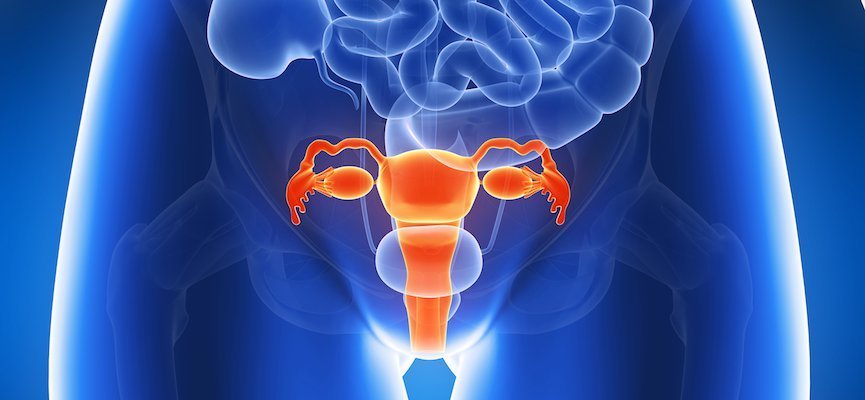Myoma, also known as uterine fibroids or myoma uteri, are non-cancerous growths that develop in a woman’s uterus during her reproductive years. While these growths are benign and not life-threatening, they can sometimes cause discomfort, including pain in the lower abdomen and changes in the menstrual cycle. However, most women with myoma experience no noticeable symptoms.
Causes of Myoma
The exact cause of myoma remains unclear, but current research suggests that it results from a combination of genetic factors and hormonal influences. Specifically:
- Genetics. A family history of myoma increases the likelihood of developing the condition.
- Hormones. Estrogen and progesterone, the hormones that regulate the menstrual cycle, appear to promote the growth of fibroids. These hormones are typically at their highest levels during a woman’s reproductive years, which may explain why myoma is common during this period.
Who Is at Risk of Developing Myoma?

Image Source: unsplash.com
Any woman who is still menstruating or is within her childbearing years can develop myoma. However, certain factors may influence the risk:
- Pregnancy history. Women who have been pregnant and given birth in the past have a lower risk of developing myoma. Pregnancy alters hormonal levels, which may provide a protective effect.
- Use of contraceptive pills. Some studies suggest that oral contraceptives may reduce the risk of developing myoma, though more research is needed to confirm this finding.
- Family history. Women with close relatives who have had myoma are more likely to develop the condition.
Symptoms of Myoma
While many women with myoma are asymptomatic, others may experience the following symptoms:
- Heavy or prolonged menstrual bleeding. This can lead to anemia in severe cases.
- Pelvic pain or pressure. A feeling of fullness or discomfort in the lower abdomen.
- Frequent urination. Myomas can press on the bladder, leading to an increased urge to urinate.
- Pain during intercourse. This can occur if the myoma is located near the cervix or other sensitive areas.
- Constipation. Pressure on the rectum from larger fibroids may lead to bowel movement difficulties.
Diagnosis and Treatment
If you suspect you have myoma, consult a healthcare provider. Diagnosis typically involves a pelvic exam and imaging tests such as ultrasound or MRI.
Treatment depends on the severity of symptoms and the size and location of the fibroids. Options include:
- Watchful waiting. For asymptomatic cases, regular monitoring may suffice.
- Medications. Hormonal treatments can help manage symptoms like heavy bleeding.
- Surgical interventions. Myomectomy (removal of fibroids) or hysterectomy (removal of the uterus) may be considered for severe cases.
- Non-surgical procedures. Uterine artery embolization (UAE) or focused ultrasound therapy can shrink fibroids without major surgery.
Myoma, while non-cancerous, can significantly impact a woman’s quality of life if left unmanaged. Early diagnosis and a tailored treatment plan are crucial in addressing symptoms and maintaining reproductive health. If you experience abnormal menstrual patterns, pelvic discomfort, or other related symptoms, seek medical advice to explore the best options for your condition.


